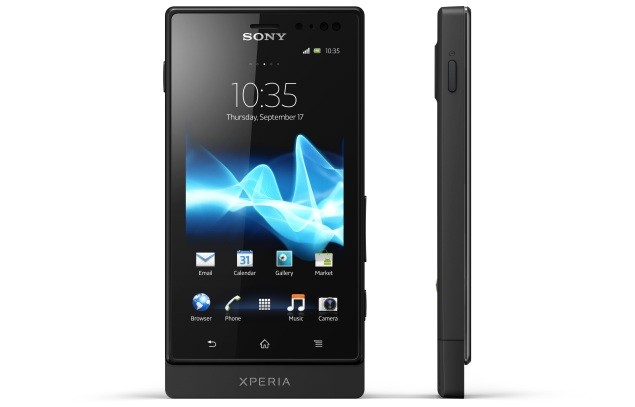OpenAI has launched GPT 5.2, a major model upgrade now available in both the API and ChatGPT. It is described as the company’s most…
How does the Sony Xperia sola’s ‘floating touch’ work?

Sony would have you believe it’s “magic”, but if you’ve been wondering how the “floating touch” technology on the new Xperia sola works, Sony released an in-depth explanation to sink your teeth into.
Here are some bullet points on floating touch.
- It lets you interact with your phone by hovering a finger over the display.
- It lets your phone sense your finger up to 20mm above the screen and it can detect finger X/Y co-ordinates, as well as distance.
- As with all capacitive displays, an X/Y grid of sensors cover the display. When a finger is near the electrodes, the capacitance changes and can be measured to pinpoint the location of finger position.
- There are two types of capacitive sensors for touch screens, mutual capacitance and self-capacitance. Mutual capacitance makes multi-touch detection possible. Self capacitance generates a stronger signal than mutual capacitance which allows finger detection further away from the sensors. With self-capacitance however, it’s not possible to perform multi-touch due to an effect called “ghosting”. Read Sony’s explanation for more on the “ghosting” effect.
- The Xperia sola combines both self-capacitance and mutual capacitance to solve the ghosting effect. Mutual capacitance is used for the normal touch sensing, including multi-touch. By running self-capacitance at the same time, the Xperia sola can also detect a finger above the surface of the screen.
- Floating touch can’t do multi-gesture input with fingers hovering above the display as it depends on self capacitance. Multi-touch will work fine for the normal touch gestures on the screen, though. By leveraging on the existing capacitive touch sensor, and lowering the threshold for touch registration, it will be possible to differentiate between floating touch and “normal” touch.
- All Android applications will work perfectly fine, just like before, and only the apps that explicitly “listen” for floating touch events will react to them.
- It works on the sola’s web browser and active wallpapers only, but with an upcoming Ice Cream Sandwich update for the sola, third party developers will be able to utilise Google’s hover event API to integrate the technology into their own applications.
- Floating touch makes hover events possible, similar to what happens with a mouse hover events on a PC. It integrates well with existing built-in HTML5 hover events.

